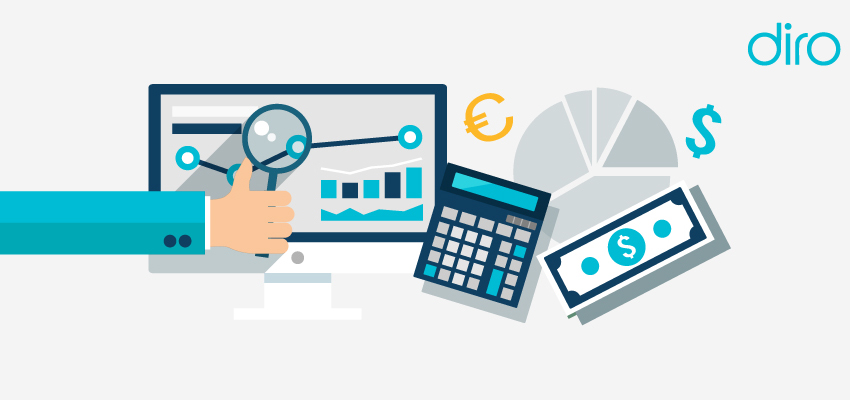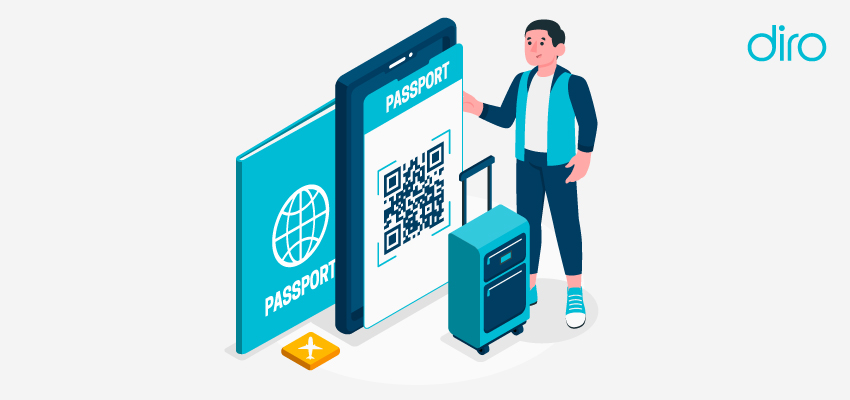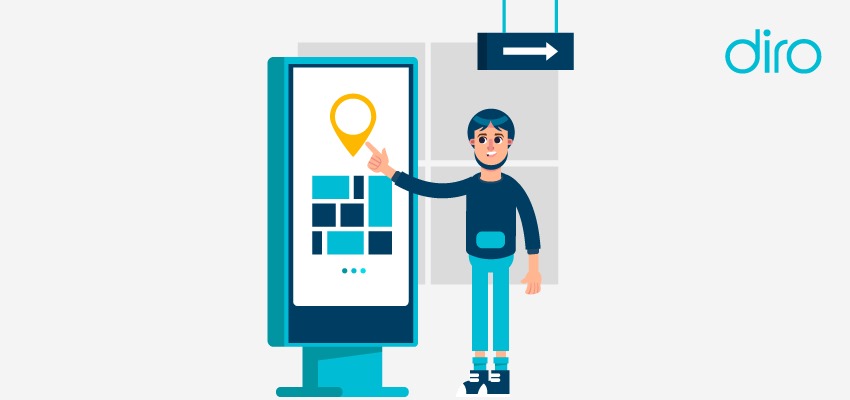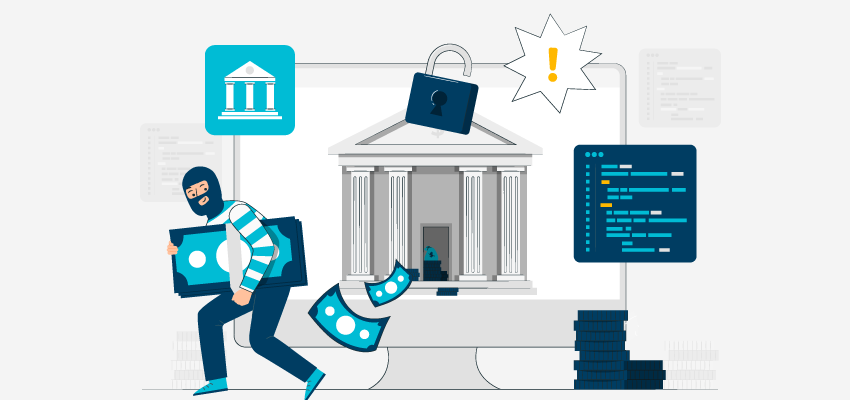SSN (Social Security Numbers) data breaches have become common, and they expose the victims to cyber-attacks and identity theft. Social security numbers are one of the most sensitive pieces of personally identifiable information, leaving the victims vulnerable to all kinds of frauds.
How Does an SSN Data Breach Happen?
Recent data breaches highlight vulnerabilities in public and private institutions. Fraudsters work relentlessly to find a weak point in the system to exploit. Fraudsters rely on multiple methods (phishing scams, unpatched software, identity theft) to access confidential databases.
In most cases, the data breach isn’t discovered until significant damage is done.
How to Check If Your SSN Was Leaked?
Users can easily check if their SSN has been leaked. Some simple steps include:
- Contact organization involved in the breach: If you believe your SSN was leaked in a data breach, the simple thing to do is to contact the organization involved in the breach. Organizations that go through a data breach generally keep updates on all impacted individuals.
- Use government resources: There’s a government website you can use to keep track if your SSN and other information has been leaked. Check your information on identitytheft.gov.
- Lookout for suspicious activity: If you suspect your information is missing, you should pay extra attention for suspicious activity on your account.
Tools You Can Use to Verify Your SSN after a Data Breach
There are a couple of ways you can verify your SSN after a data breach. Steps you can take:
- Credit monitoring services: Companies like Experian, Equifax, and TransUnion offer free credit monitoring services for users who are affected by data breaches.
- Dark web scanning tools: Some identity protection services scan dark web if your SSN is up for sale.
- Fraud alters: You can set up fraud alerts through your bank or credit card providers to help you spot fraudulent activities.
Steps You Should Take if Your SSN Was Leaked in a Data Breach
If you have been unfortunate and your SSN was leaked in a data breach, then there are a couple of steps you can take to secure your SSN.
- Report the Breach: Use the Identity Theft website to file a report with the Federal Trade Commission (FTC).
- Request a Credit Report: Get your free credit reports annually from your banking provider.
- Notify your Bank: Set up fraudulent alerts at your bank and ask them to notify you if there’s any suspicious activity.
- Secure all Online Accounts: Make sure you update all your passwords and enable multi-factor authentication for your accounts to keep fraudsters away.
- Freeze your Credit: Contact all 3 major credit bureaus (Equifax, Experian, TransUnion) to freeze your credit. This prevents fraudsters from opening any new accounts in your name.
- Credit Fraud Alerts: Place a fraud alert on your credit file to notify lenders to be extra vigilant while verifying your identity.
Long-Term Protection after an SSN Breach
1. Using Credit Monitoring Services
You can set up fraud-related alerts for any changes that happen to your credit file. This means you will be notified every time there’s a change to your credit file (opening a new account, address update, mobile update, etc). A lot of services also offer ID theft insurance to cover costs related to fraud recovery.
2. Regularly Check Credit Reports
Another way to keep yourself protected is by reviewing your credit reports regularly to look for any red flags. If you want free credit reports, you can get annual reports from annualcreditreport.com.
How to Protect Yourself From Future SSN Breaches?
1. Secure your SSN with MFA
Multi-factor authentication is an incredible tool to keep yourself secured from fraud. Add multi-factor authentication (MFA) to your bank accounts/credit cards, etc. MFA offers an extra layer of security, which requires you to enter a code to access an account/service.
2. Limit sharing your SSN
As a rule, you should try to limit sharing your SSN with an account/service provider unless necessary. Also, ask questions about why your SSN is being requested and if alternative identification is needed.
FAQs
What is an SSN breach?
An SSN breach occurs when Social Security numbers (SSNs) are exposed or stolen due to data leaks, cyberattacks, or insider threats. This can lead to identity theft, fraud, and financial loss.
How does an SSN breach happen?
SSN breaches typically occur through:
- Phishing attacks – Scammers trick individuals into revealing their SSNs.
- Data breaches – Hackers infiltrate databases of businesses or government agencies.
- Malware & spyware – Malicious software steals personal information.
- Physical theft – Lost or stolen documents containing SSNs.
What are common ways to protect yourself after an SSN breach?
- Monitor your credit reports – Check for unauthorized activity.
- Place a fraud alert or credit freeze – Prevent new accounts from being opened.
- Use identity theft protection services – Get alerts for suspicious activity.
- File an identity theft report – Report fraud to the FTC and authorities.
- Be cautious with personal information – Avoid sharing SSNs unless necessary.














